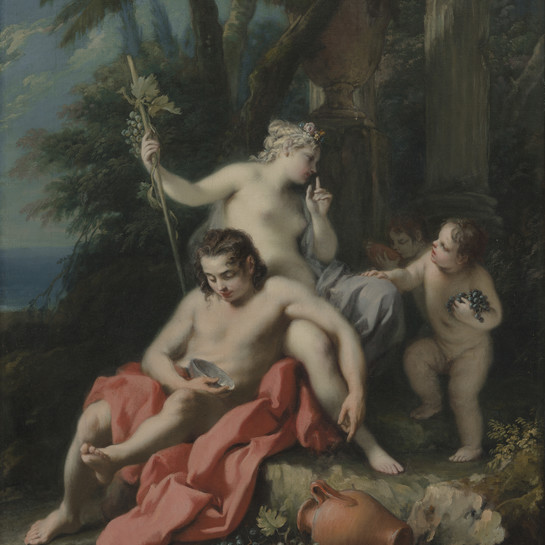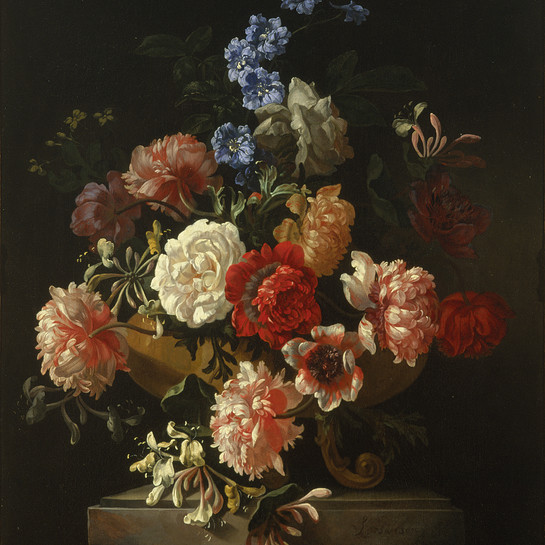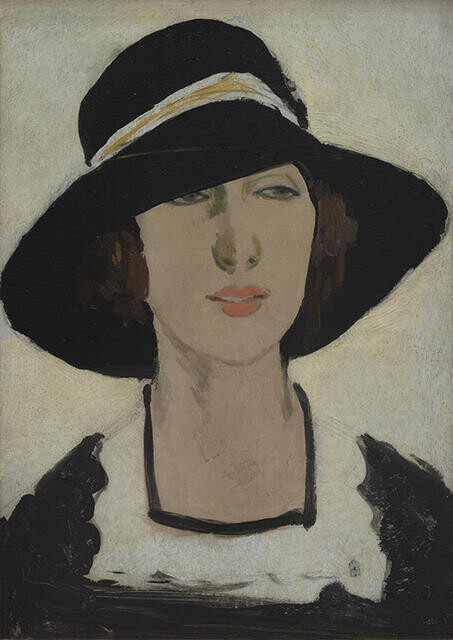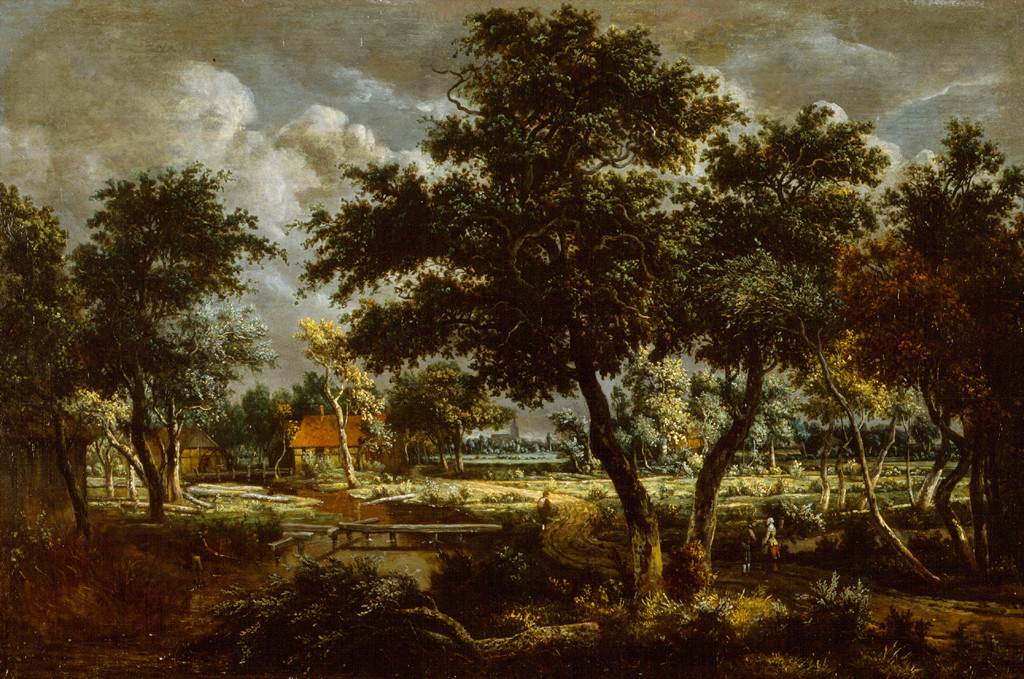Raymond McIntyre
Aotearoa New Zealand, b.1879, d.1933
Study (Woman in a Wide Black Hat)
- c. 1913
- Oil on wood panel
- Presented by the McIntyre Family through Miss F. M. McIntyre, 1938
- 441 x 348mm
- 69/95
Tags: black (color), hats, people (agents), portraits, women (female humans)
In 1911, two years after arriving in London, Raymond McIntyre began his long association with the Goupil Gallery, the city’s leading international contemporary art dealer, and exhibited for the first time with the prestigious New English Art Club. McIntyre built his reputation on small, pared-back landscapes and stylised heads depicting young women. The influence of Japanese woodblock prints is evident, as is the work of William Nicholson, from whom he briefly took lessons. McIntyre became an established figure in London art circles, thanks also to his role as art critic for the Architectural Review.
(The Moon and the Manor House, 12 November 2021 – 1 May 2022)
Exhibition History
Persistent Encounters, 10 March 2020 – 19 September 2021
Based on a London stage actor and dancer who became his favourite model from 1912 to 1914, Raymond McIntyre’s Study (Woman in a Wide Black Hat) represents several sources of inspiration, with a strong dose of idealisation and invention. “The girl who is sitting for me a now lot – Sylvia Constance Cavendish”, as he wrote to his father in New Zealand in 1913, “has a very refined interesting pale face – and I have done some very good work from her – paintings and drawings. And she is so conscientious and sits so well – she is quite a find.”Christchurch-born McIntyre had studied at Canterbury College School of Art and taken private lessons with Petrus van der Velden in the 1890s. In 1909 he moved to London, where he soon built a reputation with his small, pared-back landscapes and studies of female heads, painted in an elegant, simplified Japanese woodblock inspired style. Aligned to the mood he sought, he also took cues from particular European Renaissance masters – as mentioned in another letter: “I admire Botticelli and Holbein so, there is in their work such an aloofness.”
(Persistent Encounters, March 2020)
Treasury: A Generous Legacy, 18 December 2015 – 4 December 2016
Arriving in London in 1909, the Christchurch-born and trained Raymond McIntyre soon gained a reputation there for his small, pared-back landscapes and studies of female heads, painted in an elegant, simplified, Japanese woodblock inspired style. This painting was modelled on an actor and dancer who became his principal muse from 1912, sometimes mentioned in his letters home: “The girl who is sitting for me a lot now, Sylvia Constance Cavendish… has a very refined interesting pale face… I have done some very good work from her… she is quite a find.”
McIntyre died in London in 1933. Seven of his works were given by his family between 1938 and 1991.
Brought to light, November 2009- 22 February 2011
Raymond McIntyre left New Zealand for London in 1909, having studied and taught at the Canterbury College School of Art, gained instruction from immigrant Dutch painter Petrus van der Velden, and worked as an artist. In a letter to his father in 1910 he wrote from London of disappointed expectations after being taught briefly by William Nicholson, George Lambert and Walter Sickert, and of his growing conviction hat, ‘One’s only chance is to be oneself.’ In 1911 McIntyre exhibited with the prestigious New English Art Club and began a long association with the Goupil Gallery – then the leading international contemporary dealer gallery in London. By 1915 he was a wellestablished figure in London art circles; he also became an art critic for Architectural Review. McIntyre stopped exhibiting in 1926, and died in London in 1933.














